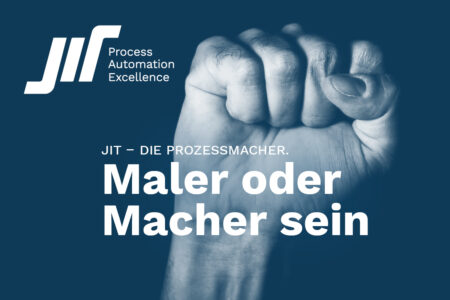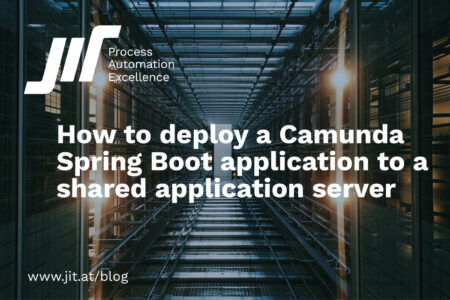The amount of data created continuously since the trend of digitalisation is absolutely mind blowing. According to Forbes, there are 2.5 quintillion bytes of data created each day at the current pace, which is only accelerating. Most of this content, 90% to give it a number, has only been generated over the last 2 years alone.
But what does it really mean to have all that data?
Just recently companies have learned that data has a real economical value. That is not in terms of intrinsic value, but rather what that data can provide when properly analysed.
There are different models and ways that data scientists use to extrapolate patterns out of the collected data.
In a large enterprise, an almost immediate monetary gain certainly can be the conversion of these large chunks of data into processes.
This is called process mining.
Process mining is a process management mechanism which allows the analysis of business processes based on event logs. Through the usage of some specific algorithms of data mining applied to event logs can be used to identify processes that ultimately can be automated. In fact, it is possible to identify trends, models, and many other information regarding a system.
Process mining can be used in these three scenario classes:
- Identification.
The first one is a bottom-up approach to finding event-based flows of information that are currently performed manually by users but can be automated thus saving the company resources. - Compliance.
Can be used to compare the mined processes with the already designed and defined models to check for inconsistencies. Inconsistencies in this case can mean either that the process definition does not satisfy the business needs, or that the tasks in the process are not being used in the predefined way. - Improvement.
This approach, top-down, used on current processes but with the sole purpose of identifying operations that can be improved. Usually it’s about checking a working process and recognising eventual bottlenecks to improve performance.
Nothing is reinvented, only automated.
In business administration, the Business Process Reengineering (BPR) is an organisational operation consisting of a deep review of operational procedures that prove inefficient to current business needs.
Therefore process mining is not a recent trend, but beyond doubt, currently available technology has made it all the more sustainable. It’s using technology and standardised models for business process design and reengineering that we can feed event logs to our algorithms and get in return a clearly defined representation of our business processes.
The analysis on the content filters, orders and compresses the log files and starts treating the data set in the context of process operations; i.e. events are operations of a process, either manual or automatic.
Process modelling is supported and generated once the data set from the event logs has been monitored and processed.
The process development phase uses the results obtained from process mining to define and indicate additional process operations.
One of the better known tools to automatically perform these analyses and improvements is called Celonis. It is combining the power of Machine Learning and Artificial Intelligence to read through a company’s data and return intelligent recommended actions that allow every employee to remove process friction and a lot more.
It is also important to track how processes perform and analyse them from time to time. Processes evolve with time and so they have to be measured and improved. With Celonis, it is possible to automatically do that and just celebrate the business impact of the process transformation.
Advantages
It is quite obvious the benefit these tools can have, especially when applied in a large enterprise. It happens very frequently in large companies that only a few people are aware of crucial information when it gets to knowing what are the manual tasks to complete a process. This mindset and organisation has some flaws. It promotes a structure that suffers from the single point of failure issue. It creates bottlenecks thus resulting in performance issues and low KPIs.
With process mining, such processes that are not documented, can be extracted and generated providing clear process definitions, performance improvement opportunities and most importantly cost containment opportunities.
Eni Sinanaj,
Senior Software Engineer@JIT
Photo by Photos Hobby on Unsplash




